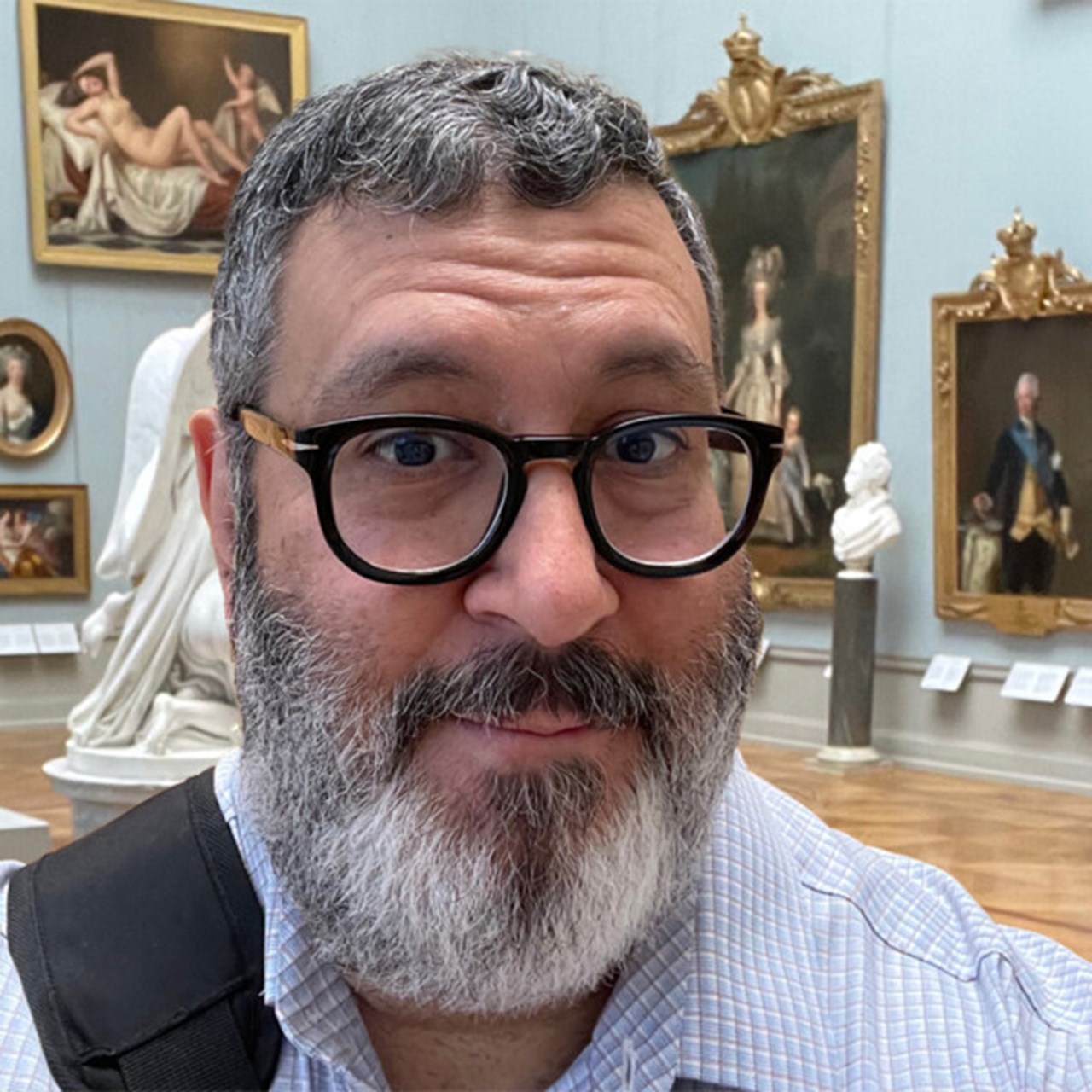Quick facts
Name: Michael Yonan
Lives: Davis, California
Works as: Professor of European Art, 1600–1830, University of California, Davis
Reading tips / Book tips:
I will give two: one academic, and one for pleasure.
Academic:
Lambros Malafouris, How Things Shape the Mind: A Theory of Material Engagement (MIT, 2013). A book on the relationship between the mind and the material world.
For pleasure:
Rolf Johansson, Skräddare och Aventyrare (Proenter, 2018; English translation 2021). Based on the life of the author’s grandfather, who grew up on a farm in Skåne, emigrated to America and lived in Chicago, Seattle, and Alaska before returning to Sweden. Vivid narrative of immigrant life in the USA around 1900.


